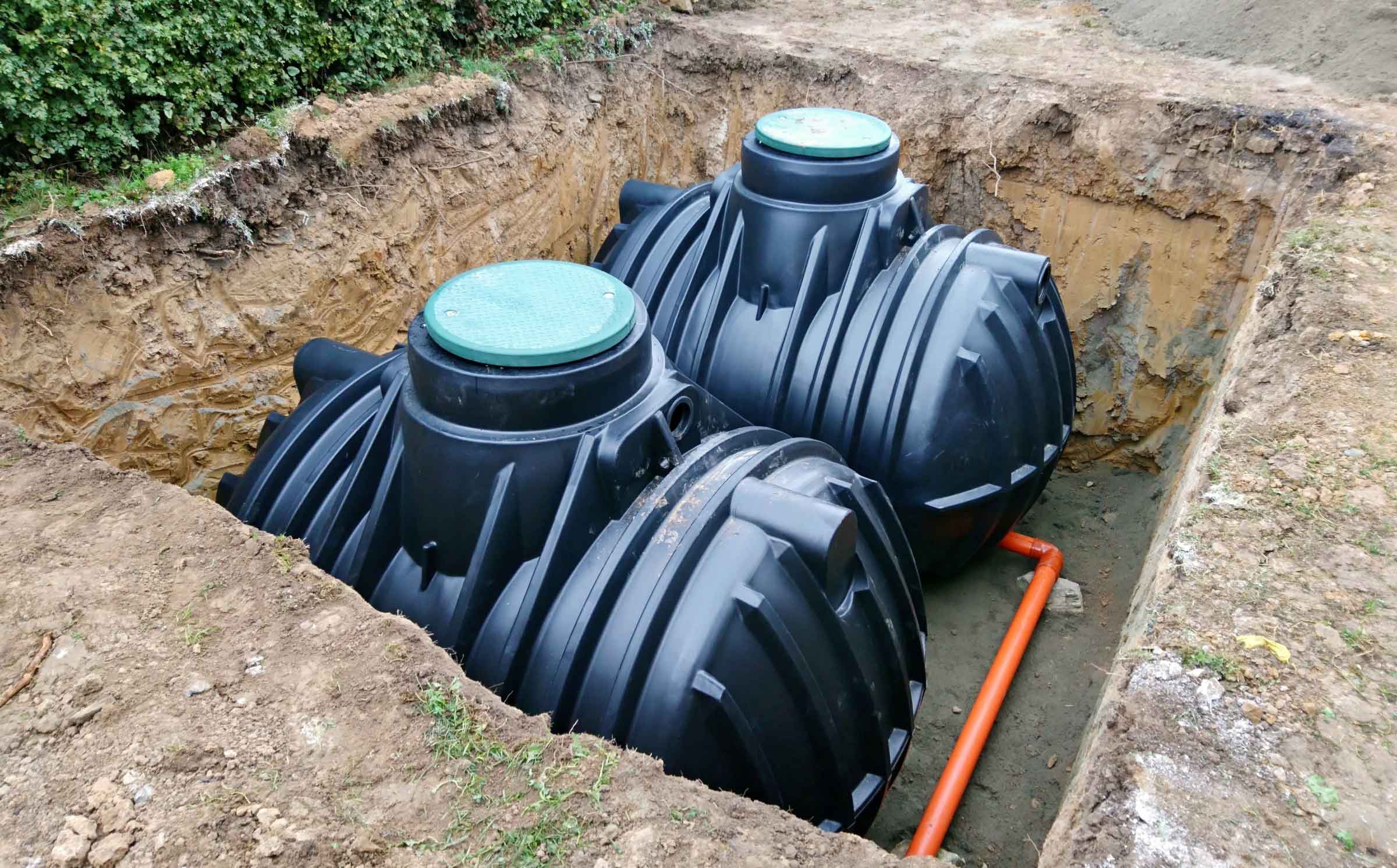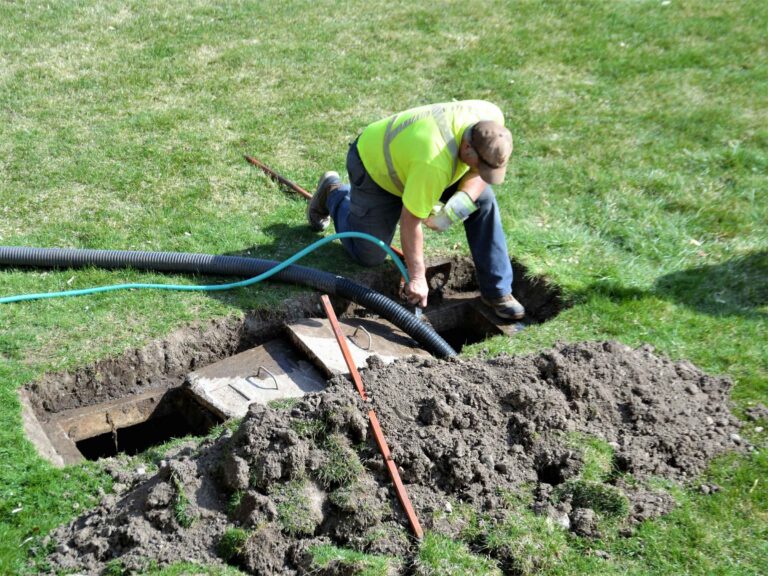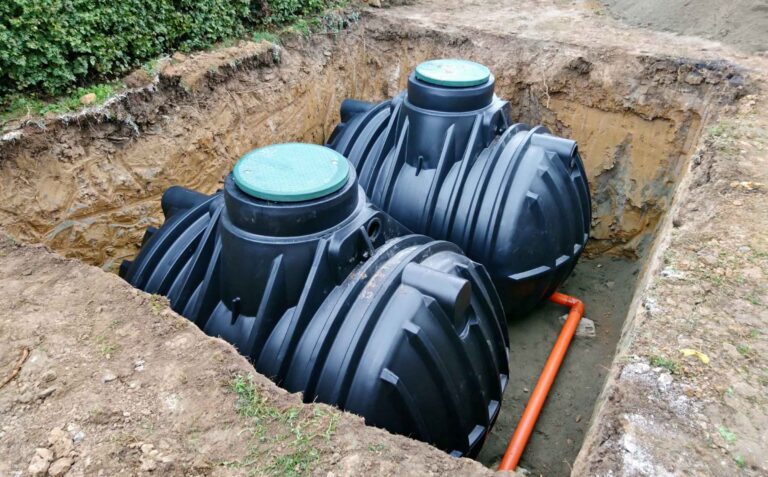Conventional Septic Systems &
Sewage Treatment Mounds
Our certified skilled installer manages every step, from initial site evaluation and soil testing to the final inspection and approval process. Our focus is not just on getting the system in place but ensuring that it functions efficiently for decades to come, minimizing the risk of costly repairs down the line.
What is Conventional Septic?
What is Mound Septic?
Installation Process
1. Site Evaluation & Consultation
At Cypress Septic Solutions, we begin by conducting a comprehensive review of your property to ensure the septic system is designed to meet your land’s specific needs and local conditions.
One key component is soil testing. Soil can vary widely, impacting how well wastewater drains and filters. Test pits are used to evaluate soil type and conditions. A minimum of two test pits are recommended per site. Proper soil assessment ensures the system works efficiently and prevents issues like poor drainage or groundwater contamination.
2. System Design & Planning
Every septic system needs to be tailored to its environment. We take into account the property size, soil conditions, and household water usage to determine the right system capacity. This ensures the system functions efficiently, avoiding the risks of overloads or backups.
During this phase, we also handle all the necessary permits and approvals. In Alberta, septic system installations are subject to strict local regulations to protect public health and the environment.
3. Excavating and Preparation
This step involves careful digging in the designated areas, ensuring the ground is properly prepared to accommodate both the tank and the piping system. Depending on whether your property requires a conventional septic system or a mound system, the excavation process will differ slightly. However, we always ensure that the depth and placement are optimal for long-term performance.
Next, we prepare the area for the installation of pipe trenches. These trenches will connect the septic tank to the drain field, allowing for the efficient flow of wastewater.
4. Septic Tank Installation
Precise placement and leveling of the septic tank. It’s essential to ensure that the tank is perfectly level because even a slight misalignment can cause serious issues over time, such as improper flow of wastewater, standing water, or uneven distribution to the drain field. We use leveling tools and techniques to ensure the tank is positioned accurately according to the system design and the property’s layout.
Once the tank is securely placed, we move on to connecting it to the home’s plumbing system.
5. Drain Field Installation
Laying down pipes or gravel designed for efficient waste dispersal. The configuration of these components allows treated wastewater to flow evenly throughout the drain field, facilitating proper filtration through the soil. This step is critical in preventing backups and ensuring the longevity of your septic system.
Next, we focus on ensuring the proper slope and positioning of the drain field. The correct slope is essential for gravity-fed systems, as it promotes efficient drainage and prevents pooling or flooding.
6. System Connection & Testing
We carefully install the inlet and outlet pipes, creating a secure pathway for wastewater to flow from your home into the septic tank and then out to the drain field.
If you have a treatment mound system, we will need to test it. This involves running water through the entire setup to check flow rates and ensure that each part functions as intended.
7. Final Inspection & Approval
We coordinate with local authorities to schedule the final inspection. This thorough review assesses every aspect of the installation, ensuring that it meets all provincial and local regulations. We collaborate closely with inspectors, providing any necessary documentation to facilitate a smooth approval process.
8. Post-Installation Support
To help you maintain your system’s performance, we offer ongoing maintenance plans tailored to your needs. These plans take the guesswork out of upkeep, scheduling regular pumping and inspections to keep everything running smoothly. By being proactive, we help prevent costly repairs and extend the life of your system.



